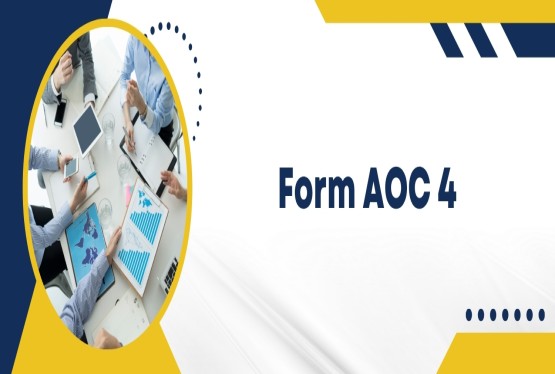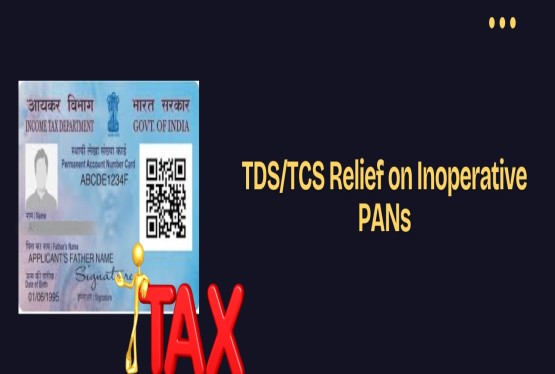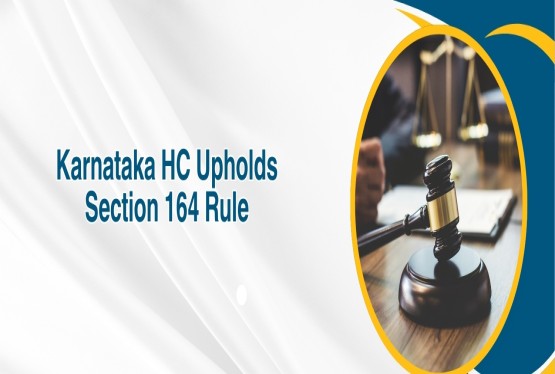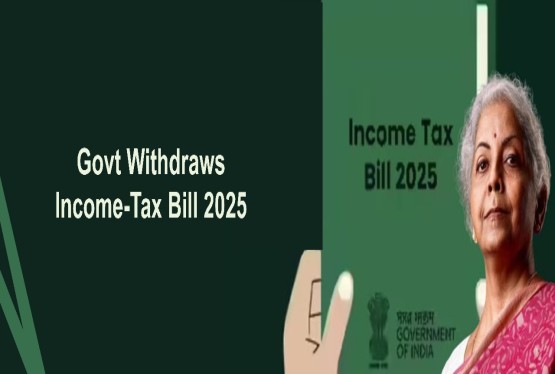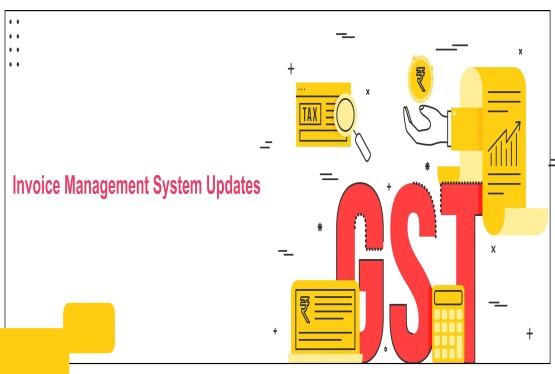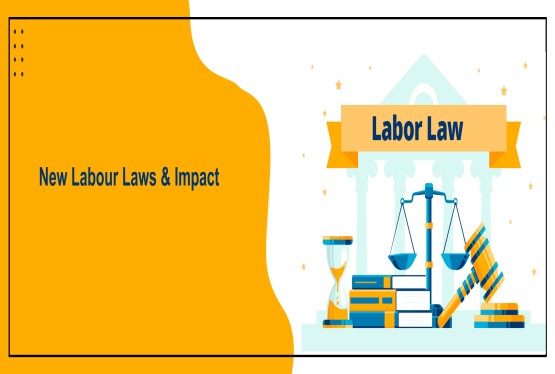The ITR-4 Form, also known as Sugam, is an Income Tax Return form used by taxpayers who have opted for the presumptive taxation scheme under sections 44AD, 44ADA, and 44AE of the Income Tax Act, 1961. This form is designed to simplify the tax filing process for small businesses, professionals, and certain categories of freelancers. The presumptive taxation scheme allows these individuals to declare their income as a percentage of turnover, thus relieving them from the burden of maintaining detailed accounting records.
Who Should File ITR-4 Form?
Individuals, Hindu Undivided Families (HUFs), and Partnership Firms (other than LLPs) who are residents of India and have business or professional income calculated on a presumptive basis should file the ITR-4 Form. It applies to those who fall under:
-
Section 44AD: Small businesses with turnover up to Rs. 2 crores (Rs. 3 crores if digital transactions exceed 95%).
-
Section 44ADA: Professionals such as doctors, lawyers, and engineers with gross receipts up to Rs. 50 lakhs (Rs. 75 lakhs for digital receipts).
-
Section 44AE: Individuals engaged in the business of leasing or hiring goods carriages.
Additionally, online freelancers, content creators, vloggers, and bloggers can also use ITR-4 Form if they opt for presumptive taxation.
Who is not eligible to File ITR-4 Form?
Not every taxpayer can file ITR-4 Form (Sugam). The following individuals or entities are not eligible:
-
Total income exceeds Rs. 50 lakhs.
-
Director in a company or investor in unlisted equity shares.
-
Required to maintain books of accounts as per the Income Tax Act.
-
Non-residents and Resident but Not Ordinarily Residents (RNOR).
-
Individuals earning from sources like lottery, horse racing, legal gambling.
-
More than one house property or taxable capital gains.
-
Agricultural income exceeding Rs. 5,000.
-
Residents with assets or signing authority in accounts located outside India.
-
Individuals claiming relief under foreign tax treaties or section 90/90A/91.
-
Persons with gains from Virtual Digital Assets such as cryptocurrency.
-
Individuals whose TDS is deducted under Section 194N.
What is a Presumptive Taxation?
Presumptive taxation is a simplified method of calculating income tax for small taxpayers. Under this scheme, businesses and professionals can compute their income as a fixed percentage of their gross turnover or receipts, without maintaining detailed books of accounts. The objective is to reduce compliance costs and make filing easy.
-
Section 44AD allows small businesses to declare 8% of their turnover (6% for digital) as income.
-
Section 44ADA allows professionals to declare 50% of their gross receipts as income.
-
Section 44AE applies to transporters, where income is based on the number and type of vehicles owned.
Major Changes in ITR-4 Form (Sugam) for AY 2025-26
The Income Tax Department has made several key updates to the ITR-4 Form for AY 2025-26 to increase transparency and align with recent amendments:
Long-Term Capital Gains Reporting
For the first time, taxpayers can now report long-term capital gains under section 112A in ITR-1 if the gain is up to Rs. 1.25 lakhs and there are no carry-forward losses. This change allows those with minimal LTCG from listed equities and mutual funds to use simpler forms like ITR-1 instead of ITR-2.
Tax Regime Selection under Section 115BAC
The new tax regime is now the default for individuals and HUFs. Taxpayers must opt out if they wish to follow the old regime. If you opted out last year, you must confirm or change your selection for AY 2025-26. First-time opt-outs need to provide Form 10-IEA before the filing due date.
Enhanced Deductions and Disclosures
All deductions under sections 80C to 80U must now be selected from a drop-down list while filing online. The relevant clause or sub-section must be clearly mentioned. This helps reduce errors and increases the accuracy of deductions.
Foreign Retirement Account Reporting
Taxpayers earning from retirement accounts held abroad now have a dedicated section under Section 89A. This ensures correct reporting and tax relief claims on overseas retirement income.
Aadhaar Enrollment ID Removed
The 28-digit Aadhaar Enrolment ID is no longer accepted. Taxpayers must now enter only the valid 12-digit Aadhaar number.
TDS Details Enhancement
An additional column under the Schedule TDS section has been introduced. Taxpayers must specify the section under which TDS is deducted, which improves transparency.
Structure of ITR-4 Form
The ITR-4 Form (Sugam) is structured into several parts and schedules to ensure complete disclosure of income and tax details:
Part A: General Information
This section captures the taxpayer's essential details including PAN, name, Aadhaar number, address, date of birth/incorporation, and contact information. It also includes nature of business/profession using standardized codes, filing status (whether original or revised return), and the bank account details for refund or tax debit. Accurate information here is crucial for identity verification and communication from the Income Tax Department.
Part B: Gross Total Income
This part aggregates all sources of income including salary, income from house property, profits and gains of business or profession (especially under the presumptive taxation scheme), and income from other sources. The total of these sources forms the gross total income before deductions. It forms the base for further tax calculation.
Part C: Deductions and Taxable Income
Here, deductions under Chapter VI-A (like Section 80C for investments, 80D for medical insurance, 80G for donations, etc.) are declared. These deductions reduce the gross total income to arrive at the total taxable income. This part is crucial to ensure legal tax savings are claimed correctly.
Part D: Tax Computation and Tax Status
This section shows the computed tax liability based on taxable income. It includes any eligible rebate under Section 87A, relief under Section 89, and interest payable under Sections 234A/B/C. It also displays the final amount of tax payable or refund due.
Schedule BP: Business or Profession Income
This schedule is meant for income declared under presumptive taxation schemes (Sections 44AD, 44ADA, 44AE). It captures gross turnover, cash receipts, and business nature codes. It simplifies reporting for small businesses, freelancers, and professionals by allowing estimated profit declaration without detailed books of accounts.
GST Information
Taxpayers must enter their GSTIN (if registered) and provide turnover or gross receipts as reported under GST. This cross-verification helps the tax department detect mismatches in GST and income tax filings. It ensures better compliance and transparency.
Financial Particulars of Business
This section summarizes important financial data such as opening and closing balances of cash in hand, sundry creditors and debtors, stock-in-trade, and fixed assets. Although simplified under presumptive taxation, this helps in assessing business viability and liquidity.
Schedule IT, TCS, and TDS 1 & 2
These schedules report taxes already paid by the assessee. Schedule IT is for advance/self-assessment tax, TCS for tax collected at source, and TDS 1 & 2 for tax deducted at source on salary and other income. Correct reporting ensures accurate tax credit is given.
Verification Column
This is a self-declaration by the taxpayer confirming that all information provided in the return is true and complete. It must be digitally signed or verified using Aadhaar OTP or EVC. It’s a mandatory part of return filing and establishes the authenticity of the submission.
How to File ITR-4 Form (Sugam)?
You can file ITR-4 Form directly on the Income Tax Department's official e-Filing portal. The steps are explained below.
Visit e-Filing Portal
Begin by opening the official Income Tax e-Filing website: https://www.incometax.gov.in. This portal is the government’s official platform for all income tax-related services, including filing returns, checking refund status, and downloading forms. Make sure to use a secure browser and reliable internet connection.
Login
Click on the “Login” button at the top right corner. Enter your PAN (which acts as your user ID), password, and the captcha code shown on screen. After successful login, you will gain access to your dashboard where you can file or view returns, and access other services.
Select Return
Once logged in, go to the menu bar and click on “e-File” > “Income Tax Returns” > “File Income Tax Return.” This begins the process of return filing where you will be asked to choose between online and offline modes. Choose "Online" for real-time entry and filing.
Choose Form
Select the appropriate assessment year, i.e., AY 2025–26 for income earned in FY 2024–25. Then, choose the form type as “ITR-4 (Sugam)” if you are eligible under the presumptive taxation scheme. Confirm the type of taxpayer – Individual, HUF, or Firm (other than LLP).
Fill Form
Carefully enter all relevant details including income sources, deductions, and taxes paid. Ensure data in schedules like BP, TDS, IT, and bank account details are correct. The portal also auto-fills some information, which must be cross-verified for accuracy before moving ahead.
Verification Option
Before submitting, you’ll be asked how you’d like to verify the return – instantly or later. If you choose “e-verify later,” make sure to complete it within 30 days of submission. Without verification, the return will be treated as invalid.
Submit ITR
After completing all sections, click on “Preview” to review your return. Check thoroughly for errors or omissions. Once satisfied, click on the “Submit” button. Your ITR will then be uploaded to the income tax system.
E-Verify
If you opted for immediate verification, choose a method such as Aadhaar OTP, Net Banking, or EVC through bank account, Demat, or ATM. Completing e-verification validates your return instantly and completes the filing process officially.
Changes Introduced in ITR-4 from AY 2024-25
In the previous assessment year (AY 2024-25), some critical amendments were made in the ITR-4 Form:
-
Default New Tax Regime: The new regime under Section 115BAC became the default. To opt out, taxpayers must file Form 10-IEA.
-
Section 80CCH Disclosure: New deduction introduced for Agniveers contributing to the Agniveer Corpus Fund post 01-11-2022.
-
Increased Turnover Threshold:
-
For 44AD: Limit raised from Rs. 2 crores to Rs. 3 crores if cash receipts do not exceed 5%.
-
For 44ADA: Limit increased from Rs. 50 lakhs to Rs. 75 lakhs, again if cash receipts are within 5%.
-
Cash Receipts Reporting: New column in Schedule BP added to disclose total receipts in cash. Cash here includes non-account payee cheques or drafts.
Conclusion
The ITR-4 Form (Sugam) provides an easy and simplified option for small businesses and professionals to comply with their tax obligations under the presumptive taxation scheme. With digital integration, auto-prefill features, and recent enhancements in the filing structure, the process is now more efficient than ever. Taxpayers must ensure accurate selection of the tax regime, disclosure of all sources of income, and timely filing and verification to avoid penalties and ensure a smooth tax return experience.
If you need assistance in filing this form, then you can connect with the Compliance Calendar Experts through mail at info@ccoffice.in or Call/Whatsapp at +91 9988424211.
FAQs
Q1. What is the ITR-4 Form (Sugam) and who should use it?
Ans. The ITR-4 Form, also called Sugam, is an income tax return form meant for resident individuals, Hindu Undivided Families (HUFs), and firms (other than LLPs) who opt for the presumptive taxation scheme under Sections 44AD, 44ADA, or 44AE. It is ideal for small business owners, professionals, and freelancers whose income is calculated as a fixed percentage of turnover without maintaining detailed books of accounts. It simplifies tax filing by reducing the need for complex record-keeping.
Q2. Who cannot file ITR-4 Form (Sugam)?
Ans. The ITR-4 Form cannot be used by individuals with total income exceeding Rs. 50 lakhs, those who are directors in companies, or who have invested in unlisted equity shares. It also excludes RNORs, non-residents, persons earning income from more than one house property, capital gains, agricultural income over Rs. 5,000, or foreign assets. If you’re claiming foreign tax relief or reporting crypto gains, ITR-4 is not suitable.
Q3. What are the benefits of filing under the presumptive taxation scheme using ITR-4 Form?
Ans. The presumptive taxation scheme allows eligible taxpayers to declare income at a prescribed percentage of turnover and eliminates the need to maintain books of accounts. This reduces compliance burdens, saves time and cost, and simplifies tax filing. The ITR-4 Form (Sugam) is designed to align with this scheme, making it easier for small taxpayers to stay compliant without extensive documentation.
Q4. What are the income limits for filing ITR-4 Form under presumptive taxation?
Ans. Under Section 44AD, small businesses can file ITR-4 if their turnover does not exceed Rs. 2 crores (Rs. 3 crores for digital receipts). For professionals under Section 44ADA, the limit is Rs. 50 lakhs (Rs. 75 lakhs if digital receipts are more than 95%). Section 44AE applies to income from transport businesses, where income is based on the number and type of goods carriages owned.
Q5. What are the key changes in ITR-4 Form for AY 2025-26?
Ans. The ITR-4 Form for AY 2025-26 includes various updates like allowing reporting of long-term capital gains up to Rs. 1.25 lakhs under Section 112A, a new disclosure requirement for taxpayers opting out of the new tax regime (Section 115BAC), and dropdown selection for deductions under Sections 80C to 80U. The Aadhaar Enrolment ID field has been removed and new disclosures for cash receipts and TDS section codes have been added.
Q6. How can I file ITR-4 Form online?
Ans. You can file ITR-4 Form through the official Income Tax e-Filing portal or private tax platforms like ClearTax. On the portal, you need to log in using PAN, select the assessment year and ITR-4 Form, fill in income and deduction details, verify your return, and submit it. e-Verification can be done using Aadhaar OTP, net banking, or other methods. Always ensure accurate reporting to avoid discrepancies or notices.
Q7. Can I file ITR-4 Form if I have salary or interest income?
Ans. Yes, you can still file ITR-4 if you have salary income, interest from bank deposits, or income from one house property, as long as your primary business or professional income is taxed under the presumptive scheme. However, your total income should not exceed Rs. 50 lakhs, and you must not have income from capital gains, multiple house properties, or foreign assets.

_learn_crop6_thumb.jpg)






_crop10_thumb.jpg)




































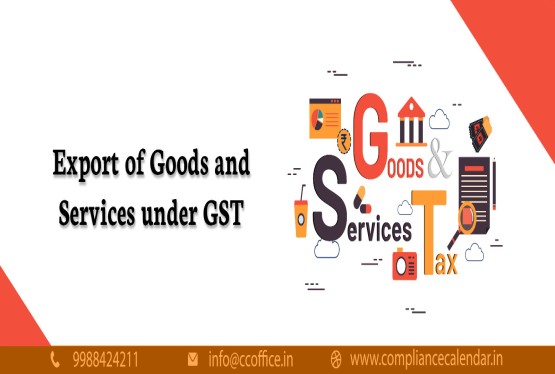













































_for_FY_2025-26_crop10_thumb.jpg)



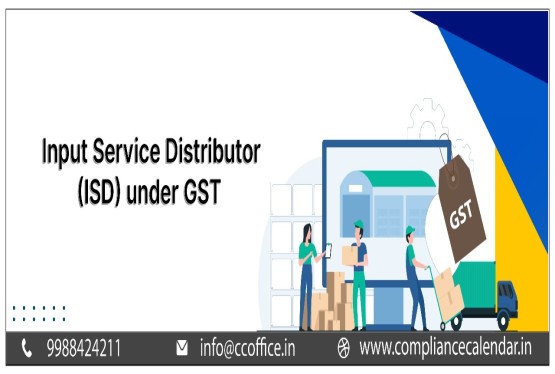








_learn_crop10_thumb.jpg)








_Filing_Due_Dates_for_FY_2024-25_learn_crop10_thumb.jpeg)
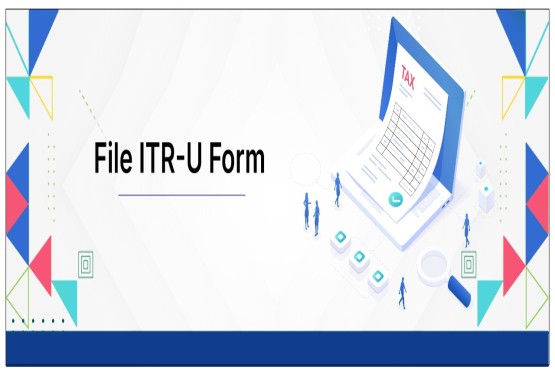

























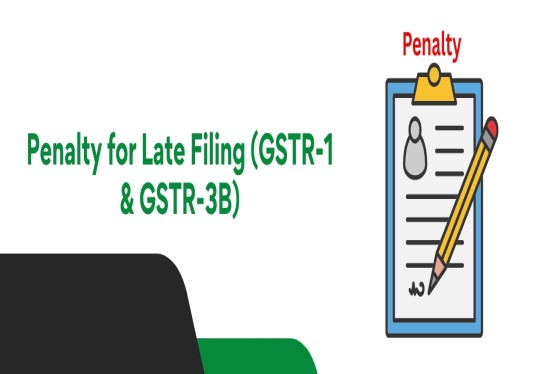












_of_GST_Act_learn_crop10_thumb.jpg)










_Under_GST_learn_crop10_thumb.jpg)









_crop10_thumb.jpg)


_crop10_thumb.jpg)






_learn_crop10_thumb.jpg)






















_of_the_Income_Tax_Act_learn_crop10_thumb.jpg)



_learn_crop10_thumb.jpg)
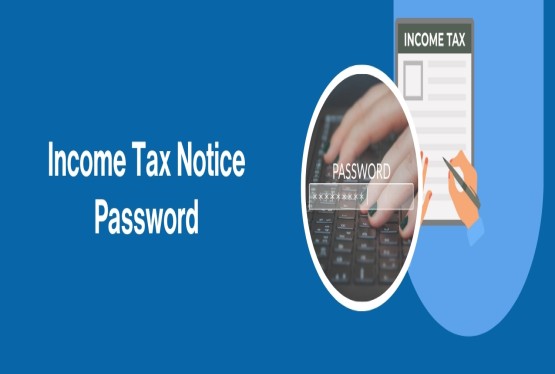





_learn_crop10_thumb.jpg)






_crop10_thumb.jpg)




















_in_The_Income_Tax_Act,_1961_learn_crop10_thumb.jpg)






_of_the_Income_Tax_Act_learn_crop10_thumb.jpg)


_Of_Income_Tax_Act_learn_crop10_thumb.jpg)








_learn_crop10_thumb.jpg)








_learn_crop10_thumb.jpg)
_crop10_thumb.jpg)






















_learn_crop10_thumb.jpg)
_for_Import_and_Export_learn_crop10_thumb.jpg)









